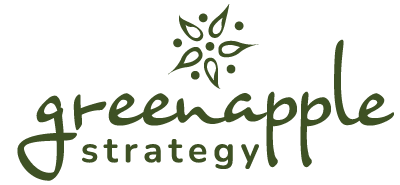There are literally hundreds of different marketing metrics that businesses and agencies measure on a regular basis. From website traffic to keyword rankings to the number of marketing qualified leads—businesses spend countless hours breaking down the metrics to determine the effectiveness of their marketing efforts.
The real challenge isn’t the amount of information; it’s knowing what to do with it all. Many organizations are constantly measuring their marketing efforts, but they just don’t know how to use their data to achieve their objectives. While marketing reports might be helpful in evaluating campaigns—the real question is how you’re going to use that information to reach your ideal customer.
2 Simple Marketing Metrics Shifts That Could Make a Huge Difference
As an agency, it’s easy to get caught up in “reporting the numbers” when we send over a weekly or monthly report. However, here are two shifts we’re trying to make with our clients when it comes to measuring marketing effectiveness:
- Always look for ways to translate data into actionable insights. Rather than spending all our time crunching numbers, we should focus more on translating our marketing results into actionable insights. We should take time to truly understand what’s going on and what we’re doing about it. What are the 2-3 things you’re going to continue because of the results from last month’s marketing efforts? What are the 2-3 things you should think about changing? At the end of the day, we should approach marketing like a learning lab—constantly evolving our strategies based on what we’re learning as we go.
- Find your North Star Metric. If you could only measure one metric to evaluate your marketing, what would it be? This is the idea behind the North Star Metric. The idea originally emerged from Silicon Valley and has become a popular concept among startups and growth hackers.
In order to determine the single most important metric for your marketing efforts, you should look at how your product delivers value to your customers. For example, the North Star Metric at Facebook is the number of daily active users. Everything they do is built around increasing that number. In many cases, identifying a North Star Metric creates a level of focus and intentionality that helps everyone prioritize the things they’re working on and improve your ability to achieve that goal.











